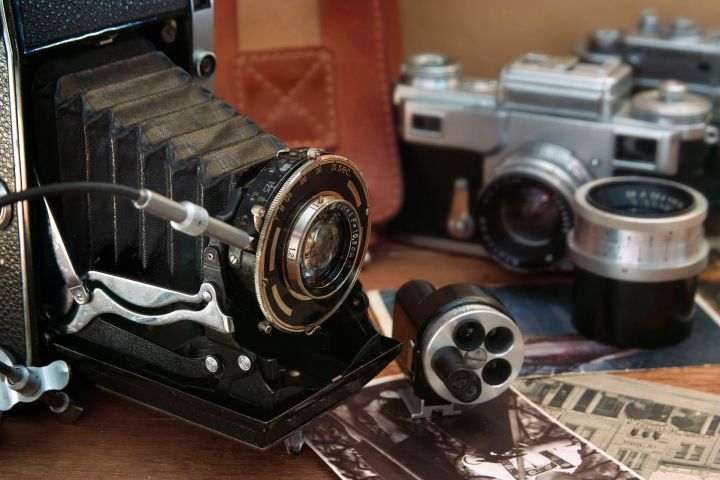
With the rise in photography’s popularity, a group of photographers came together to set aside August 19 as World Photo Day. The event isn’t one that’s in national calendars (or will translate into a day off of work, sadly), but serves as a celebration for the photography community. The group that originally established World Photo Day continues to encourage photographers to share a single photo with their view of the world to celebrate the art of photography.
While today is timed with release of the daguerreotype, the medium was actually just the first “practical” photograph, not the first “actual” photograph. Before Louis Daguerre created the process of exposing a piece of silver-plated coper to light, Joseph Nicephore Niepce used metal with bitumen to create the first photograph. The process of shooting a heliograph required an eight-hour exposure (be honest, how many selfies would anyone take if it meant sitting still for that long?)
Photography moved from metal to paper when Henry Fox Talbot used a silver salt solution on paper to create a negative, perfecting the process now known as the calotype, in 1841. But paper negatives didn’t stop metal and even glass from being used to record images – tintypes arrived on scene in 1856.
Wet plates on glass created more detail than the original paper film, but needed to be developed immediately on site. Dry plate negatives, released nearly 30 years later in 1879, not only eliminated the portable studio but were also quick enough that cameras could be used without tripods.
The film we know of today arrived on scene in 1889, thanks to George Eastman, who founded Kodak. Along with allowing images to be shot in rolls instead of single sheets, it made it possible for cameras to be mass produced. The first Kodak camera was preloaded with film, then mailed back for developing — this simple camera was essentially the first time photography was available to non-professionals. Black and white film was the primary medium for decades before Kodachrome in 1935 and expanded color film processes in the 40s.
And what about all the beloved photography accessories? Modern flash was released commercially in 1930, while earlier cameras used a flashlight powder. English inventor Frederick Wratten is credited with developing the first filters.
The first instant camera was released by Polaroid in 1948 – a long ways from the eight-hour exposure of the first photographs and the wet plates that required a mobile darkroom. Photography took one more giant leap when the first digital camera on the market was developed in 1984, which would usher in the digital age in photography by the late 1990s.
Photography has covered quite a distance before the smartphone, and World Photography Day is fine way to celebrate the history and one of the more popular hobbies today. Keep shooting those selfies, you.



